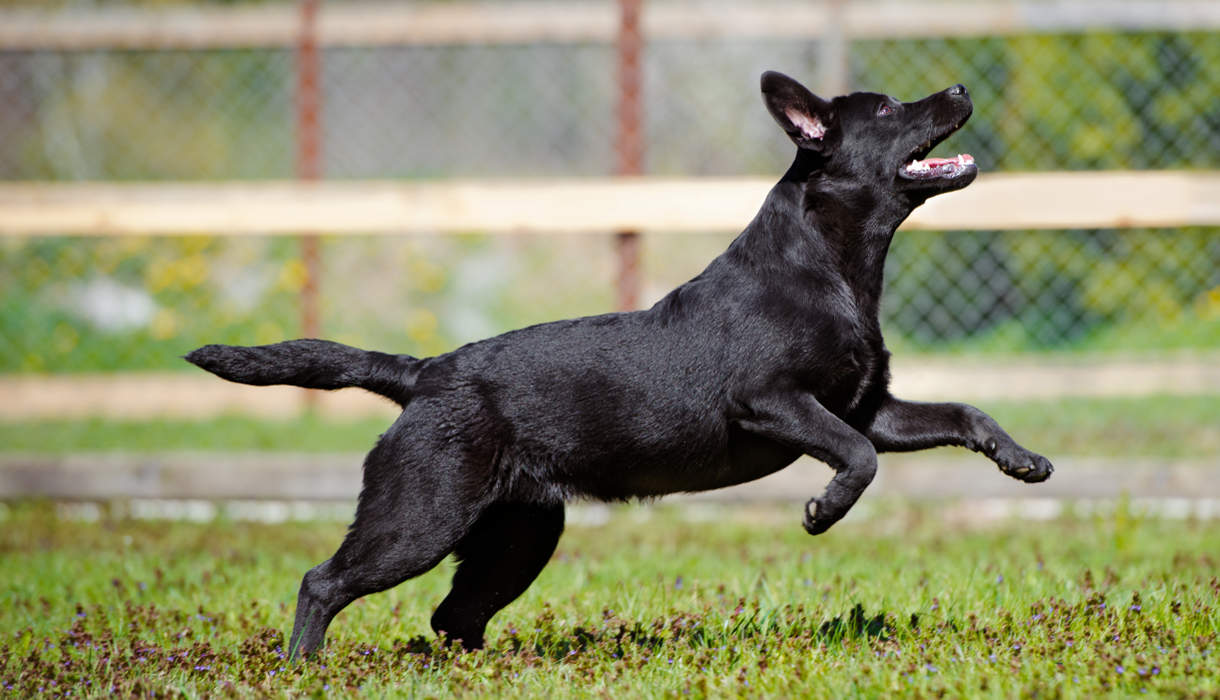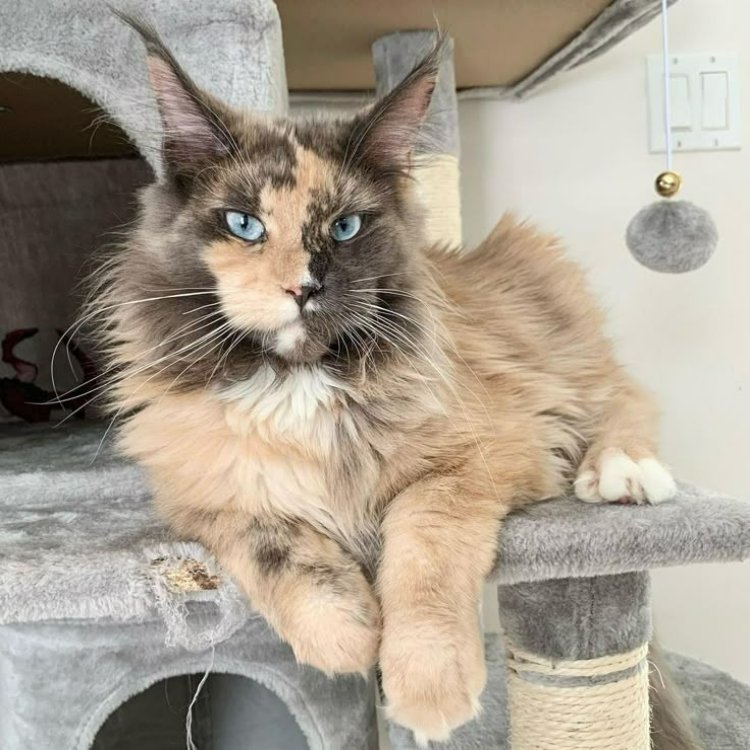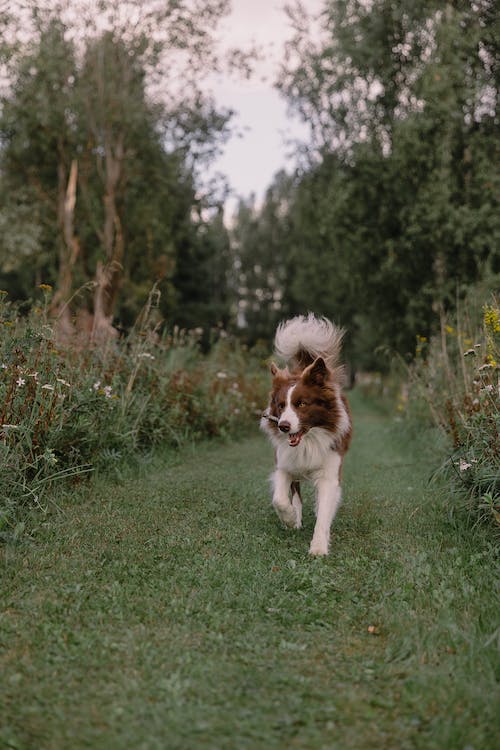When Jumping Stops
Dogs naturally jump up in excited greeting. So when your formerly bouncy, energetic dog suddenly stops leaping into your arms, it can be worrying. While frustrating, there are several possible explanations for refusing to jump, along with effective ways to get your dog bouncing happily again.
Pain and Arthritis
One of the most common reasons is simply physical discomfort. Joint disease, arthritis, muscle injury, obesity or neurological issues can make jumping painful. Have your vet thoroughly examine your dog to diagnose and treat any conditions causing pain. Providing ramps or steps can make movement easier.
Lack of Confidence
Some dogs become unsure how to navigate spaces and may avoid leaping up. Anxiety, inadequate socialization or negative experiences can also cause hesitancy. Use praise and treats to rebuild their confidence. Consider agility training to improve coordination and body awareness.
Vision Loss
Gradual vision deterioration or acute onset blindness can understandably make dogs reluctant to jump when they cannot see their landing clearly. Use voice cues, scents and tactile guidance to orient your dog. Keep furniture layouts consistent and install ramps for easier navigation.

Changing Family Dynamics
Major changes like a new baby, child growing up, or family members leaving can make a formerly comfortable dog confused and unwilling to jump. Ensure you are still dedicating quality time to maintain your bond. Additional training may be needed to adjust.
Fear of Correction
Harsh punishment for previous jumping could make your dog afraid to jump from fear of reprisal. Use only positive reinforcement training and make sure everyone interacts gently with your dog. Rebuild their confidence with praise and encouragement.
Celebrating All Four Paws on the Floor
While we may miss that enthusiastic leaping greeting, respect your dog’s reasons for stopping. Focus on renewing your relationship and adapting your home for their needs. Soon, you’ll have a happy, confident dog excited to reconnect.
Physical Rehabilitation Exercises
If pain or injury is preventing your dog from jumping, consult a canine physiotherapist. They can provide gentle joint mobilization, massage, stretching, and other rehabilitative exercises. Hydrotherapy swimming is excellent non-impact exercise. These modalities help improve muscular strength and range of motion so your dog can comfortably jump again.
Creative Solutions for Small Dogs
For tiny dogs, install removable ramps or pet stairs to reach furniture and beds. You can build steps or buy small foam ramps. Carry them when needed. Teach cues like “Up” and reward with treats. Some owners install conditioned stimuli like bells or buzzers to alert their dog it’s time to be lifted. Being proactive removes stress.
Training Games to Rebuild Confidence
Incorporate fitness disc training, cavaletti rails, and other fun confidence-building equipment into play. Start low and go slow. The key is keeping sessions positive, upbeat, and well-rewarded. Gradually increase height. Stop immediately if your dog seems uncomfortable. Upbeat training prevents associating jumping with any fear or punishment.
When to Seek Help
If troubleshooting at home does not resolve your dog’s reluctance to jump after several weeks, do consult your veterinarian and/or a certified dog trainer or behaviorist. They can identify any underlying physical or emotional issues contributing to the problem. Customized behavioral modification and conditioning programs get tails wagging happily again.



